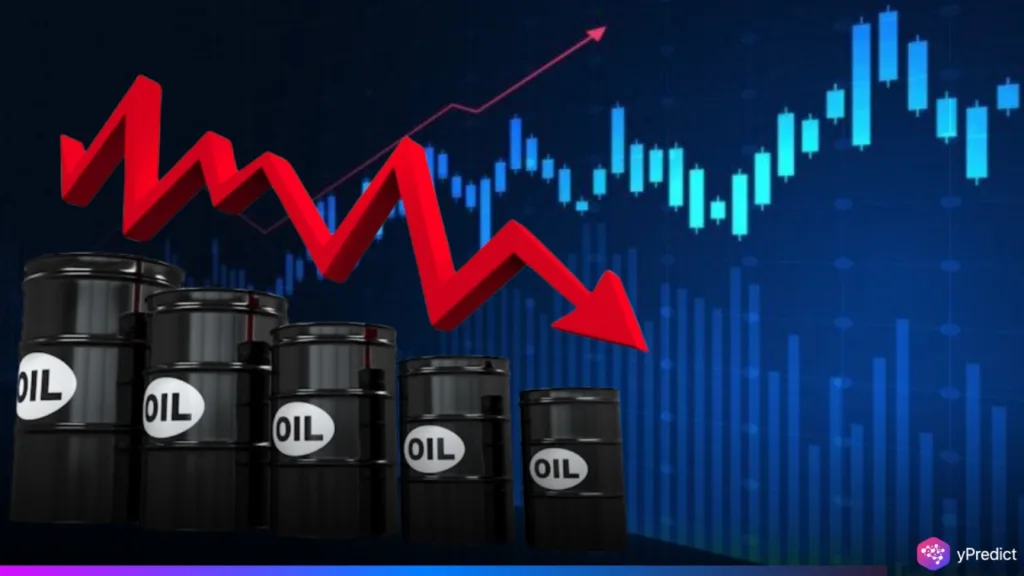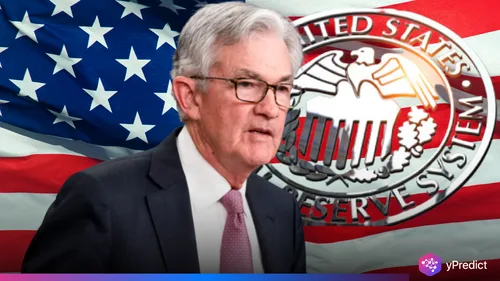
On Wednesday, oil prices rose by more than 1% amid rising Israel-Iran nuclear fears, sending shockwaves across global commodity and forex markets. Brent crude increased to $66.17 per barrel, while US West Texas Intermediate (WTI) went beyond $62.85, indicating market concern about supply disruptions in the strategically important Middle East region. The imminent crisis threatens to disrupt oil exports via the Strait of Hormuz, a vital chokepoint for global energy flows. This geopolitical risk has increased volatility in oil-linked currencies and may influence global monetary policies.
Israel Iran Nuclear Fears Reignite Oil Market Volatility
Reuters reported that Crude oil prices rose sharply as geopolitical tensions in the Middle East resurfaced, prompting new fears about the stability of global energy supply. Brent crude jumped 1.2% to $66.17 per barrel, while US West Texas Intermediate (WTI) rose 1.3% to $62.85, fuelled by growing concerns about a potential military conflict between Israel and Iran.
The price increase occurred after U.S. intelligence assessments, quoted by CNN and other publications, indicated that Israeli authorities are finalising contingency preparations for potential assaults on Iranian nuclear installations. Although no final decision has been made, the threat of war has heightened investor anxieties over Gulf energy security.
Iran is still a major oil supplier within the Organisation of Petroleum Exporting Countries (OPEC), and any disruption to its supplies might have significant consequences for global supply chains. Blocking the Strait of Hormuz could choke off vital shipments from several Gulf producers, as it serves as a maritime gateway for almost one-fifth of global oil shipments. Roughly 20% of global oil supplies transit through the Strait, making it a critical choke point for energy markets. Any disruption could send shockwaves through global commodity and currency markets.
Meanwhile, Kazakhstan recorded a 2% gain in oil production in May, somewhat offsetting April’s 3% decrease. The increase comes despite OPEC’s continuous pressure to reduce output to keep prices stable. The Kazakh energy ministry has declined to comment on the numbers.
Analysts Warn of Potential Regional Fallout
Energy analysts warn that escalating Israel-Iran nuclear fears are beginning to raise the risk premium in oil markets, as concerns about potential supply disruptions grow. With Iran shipping roughly 1.5 million barrels of petroleum per day, there are rising concerns that any Israeli military action will elicit a retaliatory response from Tehran, including the blockage of the Strait of Hormuz.
ING strategists noted the increased risk of a regional supply shock, stressing that conflict escalation might jeopardise oil infrastructure not only in Iran but throughout the Gulf, including significant facilities in Saudi Arabia and the UAE. Such developments would put more strain on the already fragile global supply system. An ING commodity analyst stated,
A direct Israeli strike on Iran would not only threaten Iranian output but also risk destabilizing broader regional flows.
Investor sentiment remains fragile as tensions unfold, with analysts closely monitoring the potential for conflict to spill over into broader regional dynamics. UBS commodity analyst Giovanni Staunovo emphasized that even in the absence of a physical disruption, the geopolitical climate alone is causing significant market volatility.
Conclusion
As geopolitical tensions between Israel and Iran escalate, oil markets remain on edge, with traders closely monitoring the potential for military conflict and its implications on global energy supplies. The surge in crude prices underscores the vulnerability of markets to instability in the Middle East. For forex traders and commodity investors, heightened volatility in oil-linked currencies and inflation-sensitive assets is likely to persist.
Until a clearer diplomatic direction emerges, markets are expected to price in a continued risk premium, making geopolitical developments a central driver of trading strategies across global financial markets.







